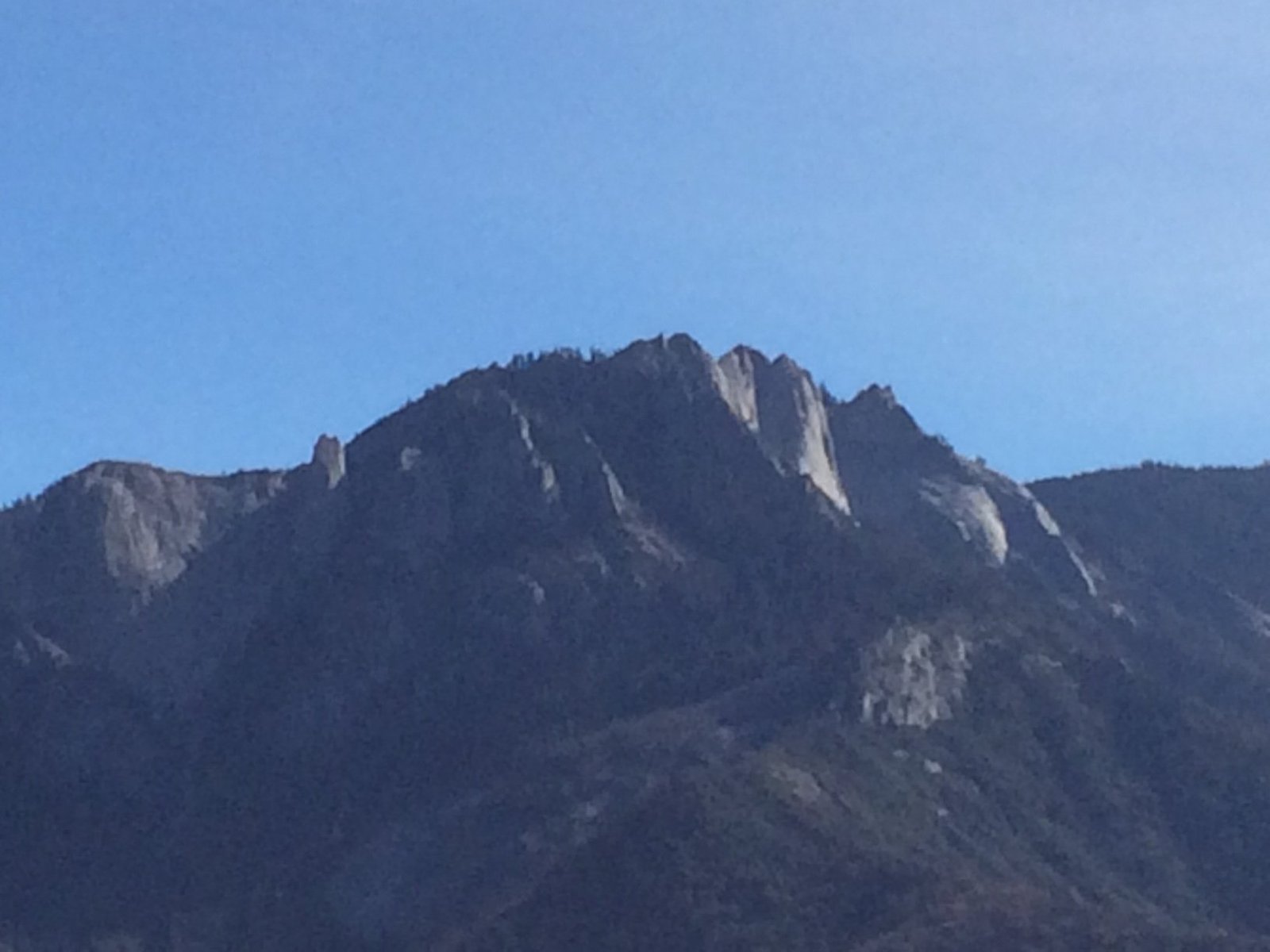Sequoia National Park, renowned for its towering trees, is also home to diverse aquatic life. The park’s rivers, streams, and lakes harbor various fish species, including rainbow trout, golden trout, brown trout, and eastern brook trout. These water animals thrive in the park’s pristine habitats, from high-elevation lakes to rushing rivers. Conservation efforts are ongoing to protect native species like the Kern River rainbow trout, ensuring the park’s aquatic ecosystems remain vibrant for future generations.
What Fish Species Can Be Found in Sequoia National Park?

Sequoia National Park boasts a rich variety of fish species, each adapted to specific habitats within the park. Let’s explore the main species you might encounter:
Rainbow Trout
- Habitat: Widely distributed in rivers and streams, particularly the Kern River and its tributaries
- Characteristics:
- Kern River rainbow trout subspecies
- Bright colors with gold and orange tints
- Can grow up to 28 inches and 8 pounds
- Population: Estimated 4,000 to 30,000 unhybridized Kern River rainbow trout
- Conservation Status: Facing challenges due to habitat degradation and hybridization
Golden Trout
- Habitat: High-elevation lakes like Pear Lake and Buck Creek
- Notable Areas: Mineral King area
- Characteristics:
- Vibrant orange hue
- Known for robust fighting ability
- Significance: Native to high-elevation lakes and streams in the park
Brown Trout
- Habitat: Deeper, cooler waters of rivers and streams
- Key Locations: South Fork of the Kings River and its tributaries
- Fishing Techniques: Requires nymphing or streamer fishing
- Size: Some specimens exceed 20 inches in the South Fork of the Kings River
Eastern Brook Trout
- Habitat: Secluded streams like Redwood Creek
- Fishing Approach: Requires delicate presentations and light tackle
Where Are the Best Fishing Spots in Sequoia National Park?

Sequoia National Park offers numerous prime fishing locations for anglers of all skill levels:
- Kaweah River and its tributaries:
- Marble Fork
- Clover Creek
- Silliman Creek
-
Wolverton Creek
-
Kern River:
- Upper sections upstream of Johnsondale Bridge
-
Easily accessible roadside sections near Johnsondale Bridge
-
High-elevation lakes:
- Pear Lake
-
Buck Creek
-
Mineral King area:
-
One of the few accessible golden trout wilderness areas on the Western slope of the Sierra
-
South Fork of the Kings River:
- Known for larger brown trout
How Accessible Are These Fishing Spots?
Accessibility varies across the park:
- Easy Access: Roadside sections of the Kern River near Johnsondale Bridge
- Moderate to Difficult Access: Many prime fishing spots require backpacking or hiking into the park’s interior
- Remote Areas: Mineral King area and high-elevation lakes often require significant hiking
| Location | Accessibility | Fish Species |
|---|---|---|
| Kern River (near Johnsondale Bridge) | Easy | Rainbow Trout |
| Mineral King Area | Moderate to Difficult | Golden Trout |
| High-elevation Lakes | Difficult | Golden Trout, Rainbow Trout |
| South Fork of Kings River | Moderate | Brown Trout |
What Conservation Efforts Are in Place for Sequoia National Park Water Animals?
Conservation is a crucial aspect of maintaining the park’s aquatic ecosystems:
- Habitat Restoration:
- Efforts to improve and protect native fish habitats
-
Focus on areas affected by human activity or natural disasters
-
Species Protection:
- Special attention to native species like the Kern River rainbow trout
-
Monitoring of population levels and genetic purity
-
Climate Change Mitigation:
- Studies on the impact of climate change on aquatic habitats
-
Adaptation strategies to protect vulnerable species
-
Educational Programs:
- Information available at park visitor centers
-
Guided tours and educational materials on conservation importance
-
Fishing Regulations:
- Free fishing regulations available at visitor centers
- Designed to maintain sustainable fish populations
What Amenities Are Available for Visitors Interested in Sequoia National Park Water Animals?
The park offers various amenities to enhance visitors’ experiences:
- Parking Facilities:
- Available near popular fishing spots like Johnsondale Bridge
-
Parking in the Mineral King area (may require hiking to reach fishing spots)
-
Visitor Centers:
- Provide information on fishing regulations
-
Offer educational materials on local aquatic life and conservation efforts
-
Guided Tours:
- Fly fishing trips available through services like Sierra Fly Fisher
- Full-day trips: $600 for one or two people (additional $150 per extra angler)
-
Half-day trips: $475 for a single angler (additional $75 per extra angler)
-
Observation Areas:
- While not specifically designated for fish viewing, scenic rivers and lakes offer numerous observation spots
How Do Environmental Challenges Affect Sequoia National Park Water Animals?
Sequoia National Park’s aquatic life faces several environmental challenges:
- Habitat Degradation:
- Caused by human activity and natural factors
-
Affects breeding grounds and food sources for fish species
-
Hybridization:
- Particularly problematic for native species like the Kern River rainbow trout
-
Can lead to loss of genetic diversity and unique traits
-
Climate Change:
- Alters water temperatures and flow patterns
-
May lead to changes in species distribution and survival rates
-
Overfishing:
- Can impact population levels if not properly regulated
- Addressed through fishing regulations and education
Conservation efforts aim to mitigate these challenges through:
– Habitat restoration projects
– Genetic studies and breeding programs for native species
– Ongoing research on climate change impacts
– Public education and responsible fishing practices
By addressing these challenges, Sequoia National Park strives to maintain its diverse and thriving aquatic ecosystems for future generations to enjoy and study.
References:
1. https://californiafishplants.com/fishing-in-sequoia-national-park-a-tranquil-trout-haven-amidst-towering-giants/
2. https://wildlife.ca.gov/Fishing/Inland/Kern-River-Rainbow-Trout
3. https://sierraflyfisher.com/trips/sequoia-and-kings-canyon-national-park/
4. https://caltrout.org/sos/species-accounts/trout/kern-river-rainbow-trout
5. https://www.nps.gov/seki/learn/nature/amphibfish.htm

